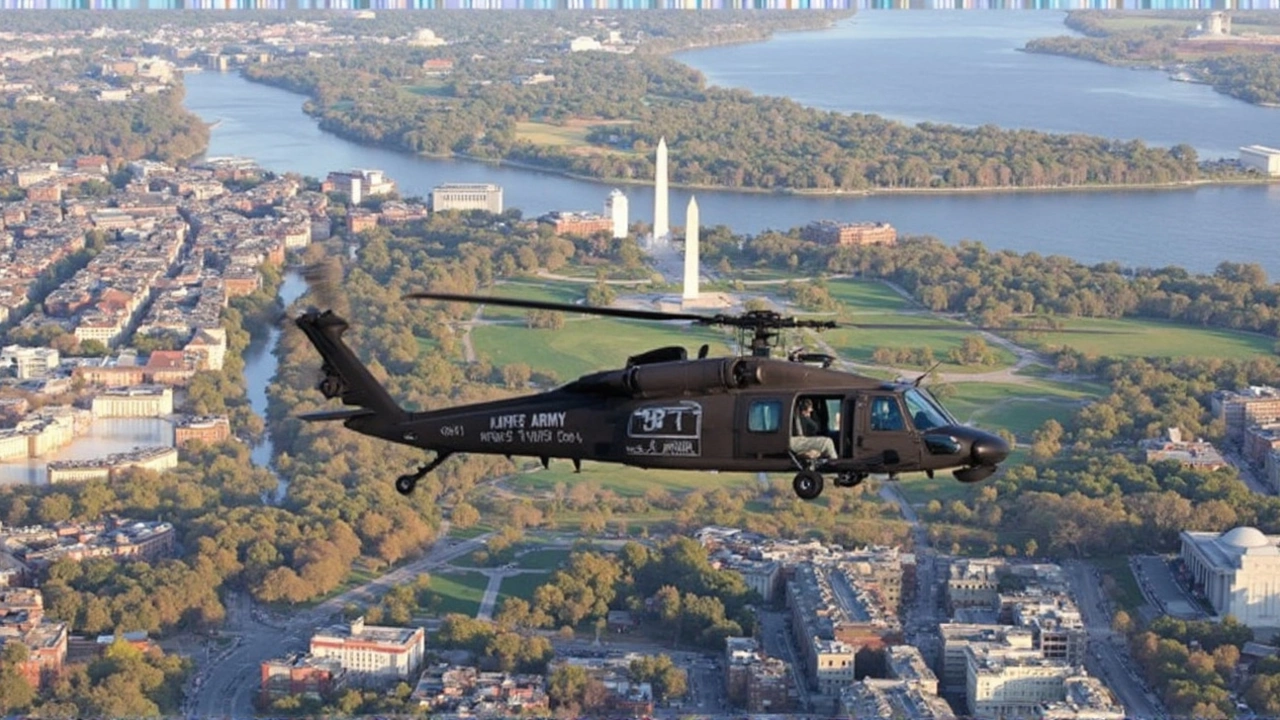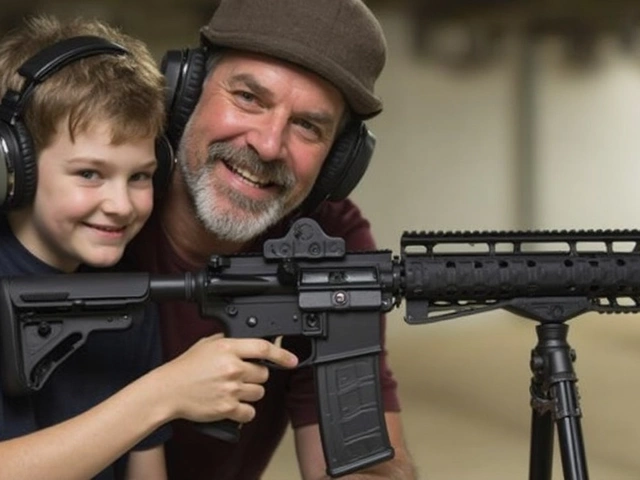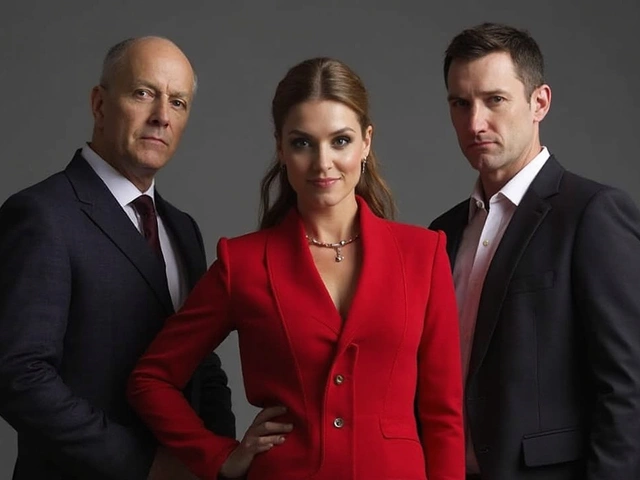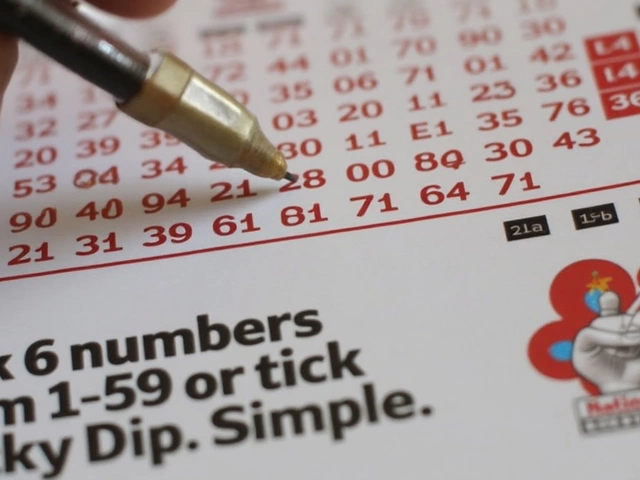Helicopter Training Basics: Your Quick Guide
Ever watched a chopper zip over the city and thought, "I could do that"? You’re not alone. Helicopter training is more reachable than most people think, especially if you live near New York’s vibrant aviation scene. Below is a straight‑forward rundown of what you’ll experience from the first lesson to earning your pilot’s license.
Getting Started with Rotorcraft Lessons
First, pick a reputable flight school that offers helicopter instruction. Look for Federal Aviation Administration (FAA) certification, solid safety records, and experienced instructors who can break down complex maneuvers into bite‑size steps. Many schools let you sit in the cockpit during a discovery flight – a cheap way to feel the controls before you commit.
Once you enroll, you’ll begin with ground school. This isn’t a boring classroom; think of it as a crash course in how rotors work, weather basics, and the rules that keep the sky safe. Expect around 20‑30 hours of classroom time, mixed with video demos and hands‑on practice with flight simulators.
After the theory, you’ll hop into the actual helicopter for your first flight. The instructor will guide you through start‑up, hovering, and simple forward flight. Hovering is the toughest part for beginners because you’re balancing lift and direction at the same time. Don’t worry – you’ll repeat it until it feels natural.
Advancing to Certification and Career
When you’re comfortable with basic maneuvers, the school will schedule your solo flights. Solo time is a big milestone; it shows you can safely control the helicopter without a teacher watching over your shoulder. Most programs require at least 40‑50 total flight hours before you can sit for the FAA check‑ride.
The check‑ride is an oral exam plus a flight test with an FAA examiner. They’ll ask you about emergency procedures, navigation, and how you’d handle tricky weather. In the air, you’ll demonstrate take‑offs, landings, autorotations (a key safety move), and more. Pass the exam, and you earn your private helicopter pilot certificate.
If you want to fly commercially – for tours, medical transport, or news gathering – you’ll need a commercial certificate and additional ratings like instrument flight rules (IFR). That adds another 150‑200 flight hours and more advanced training, but the payoff is a career that lets you earn a living doing what you love.
Costs vary, but expect to spend $30,000‑$50,000 for a private certificate, including instructor time, aircraft rental, and fees. Some schools offer financing or partnership programs that let you pay as you learn. Scholarships are also out there, especially for students who show a commitment to aviation safety.
Safety is never optional. Always wear a helmet, check the rotors before each flight, and stay current on weather updates. Keep a personal logbook and review it after every session – that habit speeds up skill growth and helps you spot patterns in your performance.
New York offers many spots to train, from upstate fields with wide-open airspace to heliports on Manhattan’s rooftops. Connecting with local pilot clubs can give you extra practice, mentorship, and networking opportunities.
Bottom line: helicopter training is a step‑by‑step process that blends classroom learning, hands‑on practice, and a lot of repetition. Pick a good school, stay disciplined, and you’ll be piloting a chopper before you know it.
Kieran Lockhart, Apr, 11 2025
Tragic DC Plane Crash Exposes Flaws in Emergency Preparedness
A tragic collision between a U.S. military Black Hawk helicopter and an American Airlines regional jet near Washington, D.C., resulted in 70 fatalities and highlighted issues in Continuity of Government missions. The helicopter was on a night training mission, creating questions about altitude discrepancies and communication failures.
View More




